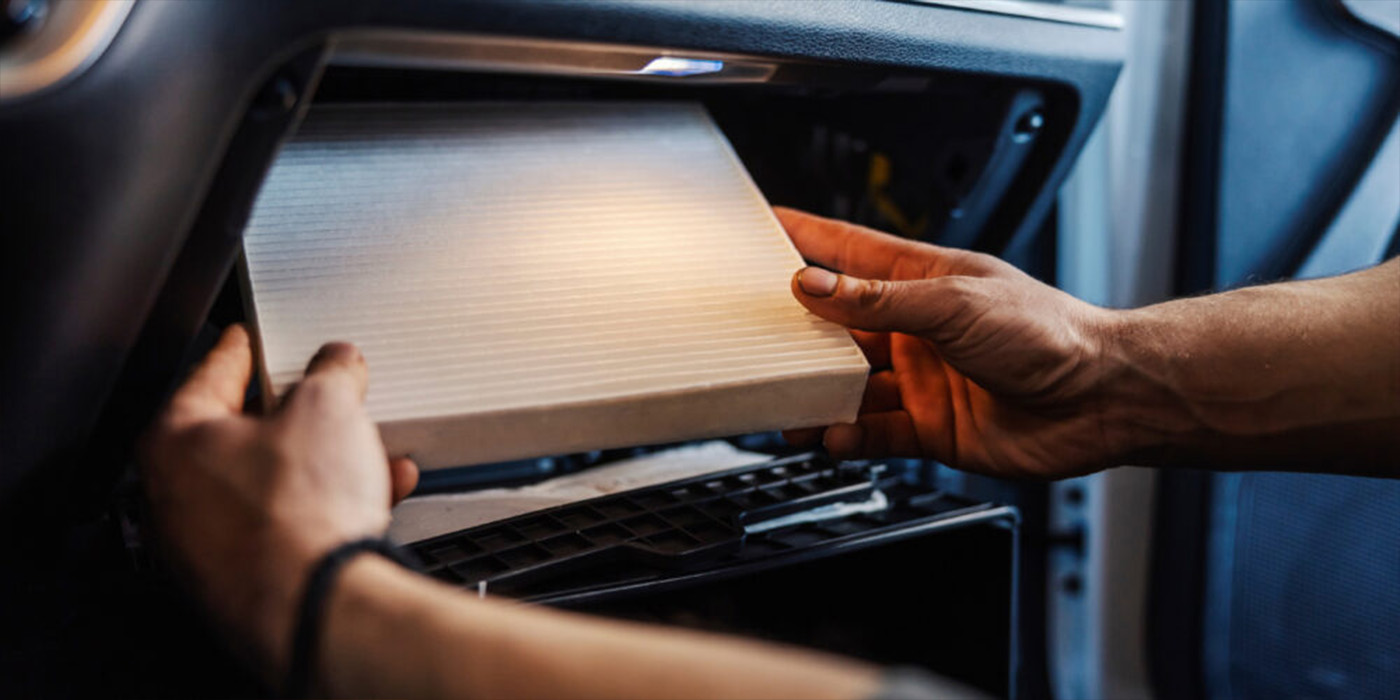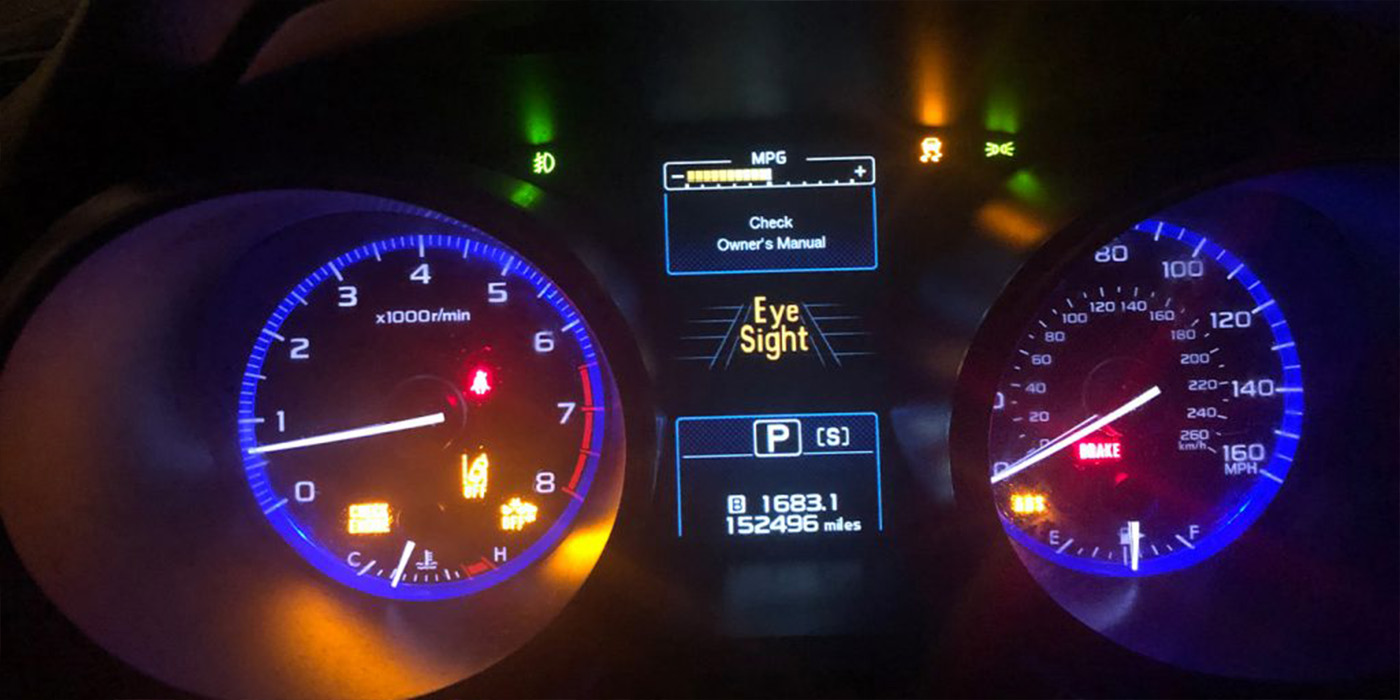“I need more customers!” I’ve heard this so many times, from so many different shop owners. If only there were more cars, they say, their problems would fade away.
The problem is when you focus so much on car count, you never stop to consider why you always need more cars in your bays.
There is an important point I want to emphasize: Do you want to grow your car count to grow your shop? Or, do you need to grow car count just to stay afloat?
The Lost Customer Problem
At the heart of those questions is a concept that our industry often gets very wrong, and that is attrition.
Attrition is the rate at which you lose customers. Some attrition is uncontrollable, like customers moving away. The rest is controllable, and shop owners lose a lot of customers to controllable attrition.
Yes, comebacks or customer service problems can keep customers away and increase your attrition. But, the bigger problems are below the surface and usually start well before the customer ever gets to the shop. The problem starts with how shops are marketed.
Building Relationships Vs. Building Car Count
One shop conducted marketing campaigns for two years that were focused on building relationships. They targeted high-quality customers, and used visuals and language that prompted customers to want to trust this shop to do all their work. They also took the time to educate customers at the front counter to help them make the right decisions for their vehicle.
Then, they decided to change everything.
They switched from building relationships to offering discounts. They pounded their existing customers with texts. They changed their focus from education to selling.
They did it for “car count” — the idea that all you need is more cars to solve your problems. And they almost destroyed everything.
Their car count fell off the table, as noted in the accompanying charts.
And they started losing customers twice as fast.
In other words, this shop chased car count above all else, and was losing almost half of their customer base every year.
Which is why my initial questions are important for you to answer. Do you want more cars to grow your shop? Or, do you want more cars just to keep your head above water?
If you’re ready to increase car count the right way, and you’re ready to grow sustainably this year, then let’s dig in.
Treat Current Customers As VIPs
You are more likely to lose customers for good, if your entire growth strategy is focused on beating down your existing customer base.
However, instituting regular touch points to maintain top-of-mind awareness is an entirely different story. In our shop, we use e-newsletters to engage with our best customers each month, along with other non-sales email touch points.
More important to building that relationship, though, is doing what so few shops want to do, and that is customer follow-up.
I’m stunned that so many shops want to outsource customer follow-up, like it’s a chore. The truth is, calling every customer after every repair is a clear and easy way to make sure the customer had a positive experience. If they had a lingering question or concern, that call is often when you’ll hear about it and be able to answer or address it. And, if they had a positive experience, you can ask for a referral or testimonial.
If your team is educating the customer, delivering on promises and delivering superior customer service, there’s nothing to dread in doing customer follow-up. And, implementing these tactics can help create “customers for life.”
Consistent New (And Old) Customer Marketing
The first thing to keep in mind when you’re considering new customer marketing and advertising is to avoid alienating your existing customers.
This can take many forms. I’ve seen shops create specials that are only available for new customers, which leaves your most loyal and valuable customers in the cold. And, I’ve seen shops change their marketing message from trying to create a relationship to offering deep discounts. This kind of confusion can turn off your best customers. I’ve also seen shops that have focused on bringing in so many new customers that their loyal customers can no longer get their car into the shop. Big mistake.
No matter what type of marketing or advertising you use, be consistent — consistent message, consistent target customer, consistent care, and a focus on building relationships and creating trust.
When done right, there is still nothing more effective than direct mail to target the right customer, with the right message, to set your shop apart and build a relationship.
Unfortunately, direct mail in our industry regularly means sending offers and coupons to attract customers with discounts. When the message is wrong, it doesn’t matter how great the target demographics are — the end result is coupon-chasing customers who aren’t loyal. (The opposite is also true. The right message to the wrong demographics is just as doomed to fail.)
To add insult to injury, when the marketing campaign predictably fails to produce loyal, long-term customers, the vendor will tell you it’s your fault for not converting them. But, it doesn’t have to be this way.
Let’s look at another shop as an example. This particular owner stopped doing relationship-driven direct mail in favor of coupon-driven direct mail. The goal was to increase car count, but they ended up fundamentally altering their customer base.
They did this by driving away their best customers. In the chart on page 45, you can see their attrition rate (the rate of lost customers) over a period of 32 months. You can clearly see the moment when they switched their marketing strategy, as well as when they switched it back.
We’ve seen this trend happen again and again: when a shop tries to grow car count the wrong way, they attract the wrong kind of customer who is less loyal, who doesn’t refer friends and family, and who doesn’t trust your recommendations at the front counter. Then, the rate of lost customers increases as those “new customers” leave to chase the next deal they can find. Finally, the shop starts to feel the problem. In the case of this shop, their daily car count dropped by more than three cars per day.
Is direct mail the only solution? Of course not. Electronic marketing is a key part of a successful shop’s marketing strategy. But the takeaway here is that no matter what form of marketing and advertising you utilize, it is critical to find a vendor who can identify the right kind of customer and target them with the right message.
Deliver on Your Promises
Before you implement any marketing or advertising program, you need to make sure your shop is prepared to deliver when customers respond. Your new clients must feel like what was promised to them in your marketing has been delivered, otherwise it’s very unlikely you’ll ever see them again.
That means you should seek out an advertising vendor who will help you prepare. First, they must know how to avoid overpromising when creating the message. If they’re not steering you away from promises like “fastest” or “cheapest,” then they’re not looking out for you. After all, if their campaign works, you won’t be the fastest for long, and another shop can always be less expensive than you.
Secondly, your advertising vendor should give you the tools to maximize the results of your advertising, for example, training classes to offer superior customer service on the phone and at the front counter.
Ultimately, your marketing is an opportunity to set yourself apart from the competition. With a commitment to customer satisfaction, a love for your community, and your skill and dedication, it’s easy to deliver on your promises and set your shop apart.
Increasing car count shouldn’t be about using gimmicks to get people through the doors. This kind of increased car count usually leads to more chaos, lower sales and wasted marketing dollars. But, when the emphasis is on attracting quality customers and building a relationship with them, increasing your car count leads to more loyal customers, increased sales, and real, sustainable growth.




















